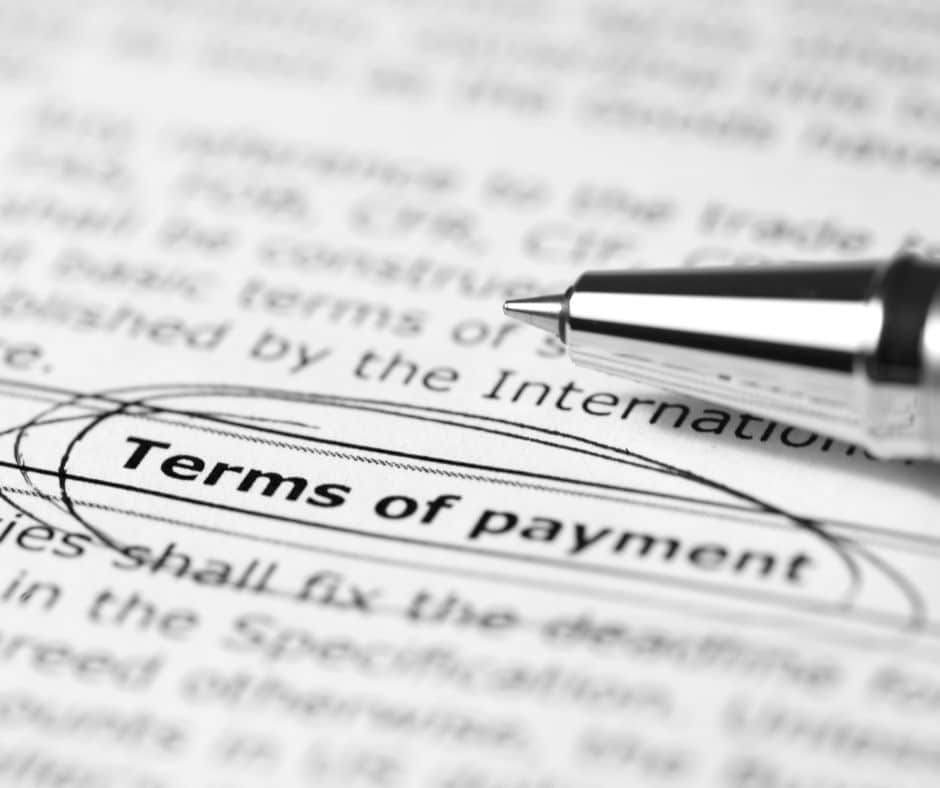Late payments can be a significant challenge for small businesses, disrupting cash flow and making it difficult to meet financial obligations. However, with the right strategies, you can minimise overdue accounts and keep your cash flow healthy. Here’s how:
 1. Set Clear Payment Terms
1. Set Clear Payment Terms
Start by establishing clear expectations:
- Detailed invoices: Include due dates, payment methods, and any late payment fees.
- Payment terms: Use terms like “Net 15” or “Net 30” to specify payment deadlines.
- Contracts: Always outline payment terms in your agreements with clients.
2. Invoice Promptly and Accurately
Ensure there’s no delay in billing your clients:
- Send invoices immediately after delivering goods or services.
- Double-check for accuracy to avoid disputes or delays.
3. Offer Multiple Payment Options
Make it easy for clients to pay:
- Accept credit cards, bank transfers, and online payment platforms like PayPal.
- Consider using tools like Stripe or Square for seamless payment processing.
4. Implement Late Payment Policies
Encourage timely payments with clear consequences:
- Late fees: Charge a percentage or flat fee for overdue invoices.
- Discounts for early payment: Offer incentives like 2% off for payments made within 10 days.
5. Automate Payment Reminders
Use technology to stay on top of payments:
- Set up automated email reminders through your accounting software.
- Schedule reminders before and after the due date to keep payments top-of-mind for clients.
6. Put a Stop on the Account
When payments are overdue, especially in industries like building and construction where late payments are common, stop extending further credit:
- Freeze services or deliveries: Inform the client that no additional work or supplies will be provided until payment is made.
- Avoid further exposure: This is crucial for trades supplying builders such electrical, plasters, plumbers, particularly with the rise in builder insolvencies.
- Communicate clearly: Explain the reason for the stop and provide steps for resolution to maintain professionalism.

 7. Follow Up on Overdue Accounts
7. Follow Up on Overdue Accounts